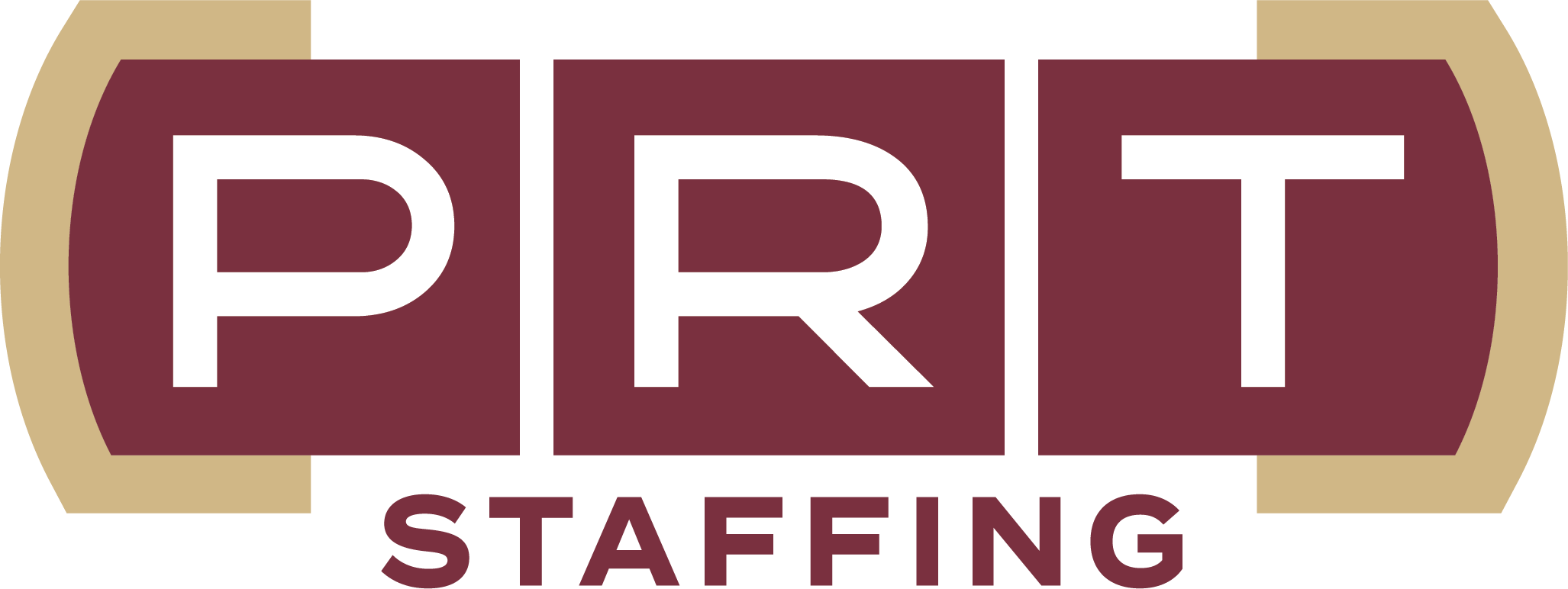The Changing Face of the Workforce: Gen X, Millennials, and Gen Z
Baby Boomers are retiring in record numbers – by some estimates 10,000 Baby Boomers retire each day or almost 4 million per year – and creating a seismic shift in the workplace.
As the workplace baton is passed, three generations are now at the forefront, each bringing unique perspectives, skills, and challenges to the table. Understanding these groups - Gen X (born 1965 to 1980), Millennials (born 1981 to 1996), and Gen Z (born 1997 to 2012) - is crucial for businesses looking to thrive in this new landscape.
“This demographic shift, which experts coin the “silver tsunami ", has been long anticipated, but its effect is now being keenly felt,” wrote Kara Dennison in Forbes.
Let's dive into what makes each generation tick and how to effectively manage them in the workplace.
From Boomers to Zoomers: The Generational Changing of the Guard
The Baby Boomer generation, born between 1946 and 1964, has long dominated the workforce. However, as they reach retirement age, their numbers are dwindling rapidly.
This transition is making way for younger generations to step into leadership roles and reshape workplace cultures.
“Gen Z is expected to overtake baby boomers in the workforce by next year,” reported Axios. “The work world will surely adapt to Gen Z's ways, as it once did for Gen X (which pushed for more work-life balance) and for millennials, who brought us job hopping and, of course, avocado toast.”
The Axios article estimated U.S. workforce participation as of September 2023 at:
- Millennials: 49.5 million
- Gen X: 42.8 million
- Baby Boomers: 17.3 million
- Gen Z: 17.1 million
“The trend is driven by aging: By most definitions, Boomers will range in age from 60 to 78 next year and are reaching retirement. Gen Zers, aged 12 to 27 next year, are increasingly graduating school and joining the workforce,” reported CNBC.
Baby Boomers: The Experienced Generation Transitions
While Baby Boomers (born 1946-1964) are gradually retiring, many are still active in the workforce, often in senior positions. Known for their strong work ethic and dedication, Boomers bring a wealth of experience and institutional knowledge to their roles.
Managing Baby Boomers in the Workplace
- Defining Traits: Hardworking, competitive, team-oriented.
- Workplace values and preferences: Job security, professional status, face-to-face communication.
- Work style and ethics: Goal-oriented, disciplined, prefer hierarchical structures.
- Ideal workplace environment: Structured, with clear chains of command and opportunities for mentoring.
- Attracting and retaining talent: Offer respect for experience, provide retirement planning support, and create mentorship opportunities.
Baby Boomers value personal relationships in the workplace and prefer direct, face-to-face communication. They appreciate recognition for their experience and loyalty, and many are interested in opportunities to mentor younger colleagues.
Gen X: The Forgotten Middle Child Steps Up
Often overshadowed by Boomers and Millennials, Generation X (born 1965-1980) is now moving into senior positions.
Known for their independence and adaptability, Gen Xers bring a unique blend of traditional work ethic and technological savvy to the table.
Managing Gen X in the Workplace
- Defining Traits: Self-reliant, adaptable, skeptical.
- Workplace values and preferences: Work-life balance, autonomy, results-oriented.
- Work style and ethics: Independent, efficient, pragmatic.
- Ideal workplace environment: Flexible, merit-based, with clear goals.
- Attracting and retaining talent: Offer growth opportunities, recognize achievements, and provide work-life balance.
Gen Xers appreciate straightforward communication and a results-driven approach. They value their independence but also seek opportunities for growth and recognition.
Millennials: The Digital Natives Come of Age
Millennials (born 1981-1996) have been in the workforce for some time now, but they're increasingly taking on management and leadership roles.
This generation grew up with the internet and values purpose-driven work and work-life integration.
Managing Millennials in the Workplace
- Defining Traits: Tech-savvy, collaborative, purpose-driven.
- Workplace values and preferences: Work-life integration, meaningful work, continuous learning.
- Work style and ethics: Team-oriented, multitasking, seeking feedback.
- Ideal workplace environment: Collaborative, tech-enabled, socially responsible.
- Attracting and retaining talent: Provide mentorship, offer professional development, and emphasize company mission and values.
To engage Millennials, focus on creating a collaborative environment that leverages technology and provides ample opportunities for growth and impact.
Gen Z: The True Digital Natives Enter the Scene
The newest addition to the workforce, Generation Z (born 1997-2012), is bringing fresh perspectives and unprecedented technological fluency.
This generation has never known a world without smartphones and social media.
Managing Gen Z in the Workplace
- Defining Traits: Digital natives, entrepreneurial, diverse.
- Workplace values and preferences: Financial security, work-life balance, diversity and inclusion.
- Work style and ethics: Independent yet collaborative, tech-driven, pragmatic.
- Ideal workplace environment: Diverse, secure, technologically advanced.
- Attracting and retaining talent: Offer stability, provide cutting-edge tech tools, and emphasize diversity and social responsibility.
Gen Z values security and stability but also seeks workplaces that embrace diversity and cutting-edge technology. They appreciate direct communication and opportunities for entrepreneurial thinking.
Bridging the Gap: Best Practices for a Multi-Generational Workplace
With four distinct generations now comprising the workforce, it's crucial to implement strategies that foster collaboration and mutual understanding.
Here are some best practices for managing a multi-generational workplace:
- Emphasize commonalities: While each generation has unique traits, focus on shared values like respect, fairness, and the desire for meaningful work.
- Encourage cross-generational mentoring: Set up programs where employees from different generations can learn from each other, promoting knowledge transfer and mutual understanding.
- Tailor communication styles: Recognize that different generations may prefer different communication methods. Offer multiple channels to ensure everyone feels comfortable and informed.
- Create flexible work environments: Provide options that cater to different work styles and life stages, from remote work possibilities to varied office layouts.
- Foster a culture of continuous learning: Offer professional development opportunities that appeal to all generations, from traditional training to online courses and micro-learning options.
- Recognize and celebrate diversity: Acknowledge the strengths that each generation brings to the table and create opportunities for these diverse perspectives to shine.
- Focus on results, not work styles: Judge performance based on outcomes rather than adhering to a one-size-fits-all approach to work.
The Power of Generational Diversity
As Baby Boomers phase out of the workforce, Gen X, Millennials, and Gen Z are reshaping the workplace landscape. Each generation brings unique strengths and perspectives that, when harnessed effectively, can drive innovation and success.
By understanding the characteristics and preferences of each generation, and implementing strategies to bridge generational gaps, organizations can create dynamic, inclusive workplaces that leverage the best of what each group has to offer.
The key lies in recognizing and celebrating these differences while fostering an environment of mutual respect and collaboration.





